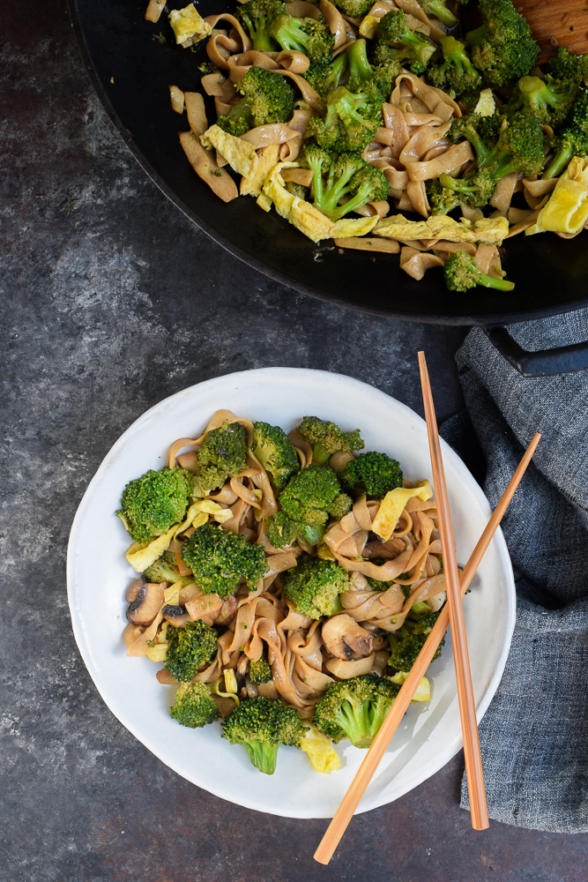
Why You’ll Love This Recipe
Shirataki noodles, made from the root of the konjac plant, are practically calorie-free and contain a type of soluble fiber called glucomannan. Most packages are 0–10 calories per serving, making them ideal for low-carb, low-calorie meals. They’re great for those avoiding gluten, grains, or carbs, and they can support digestive health, if you don’t overdo it.
Prepared correctly, they soak up a flavorful sauce, add texture to stir fries, and make a great base for quick weeknight meals. Try them in my Asian Noodle Salad, Homemade Ramen Noodle Soup, or tossed with Stir-Fried Soba Noodles with Vegetables and Tofu for a lighter twist.
Ingredients You’ll Need
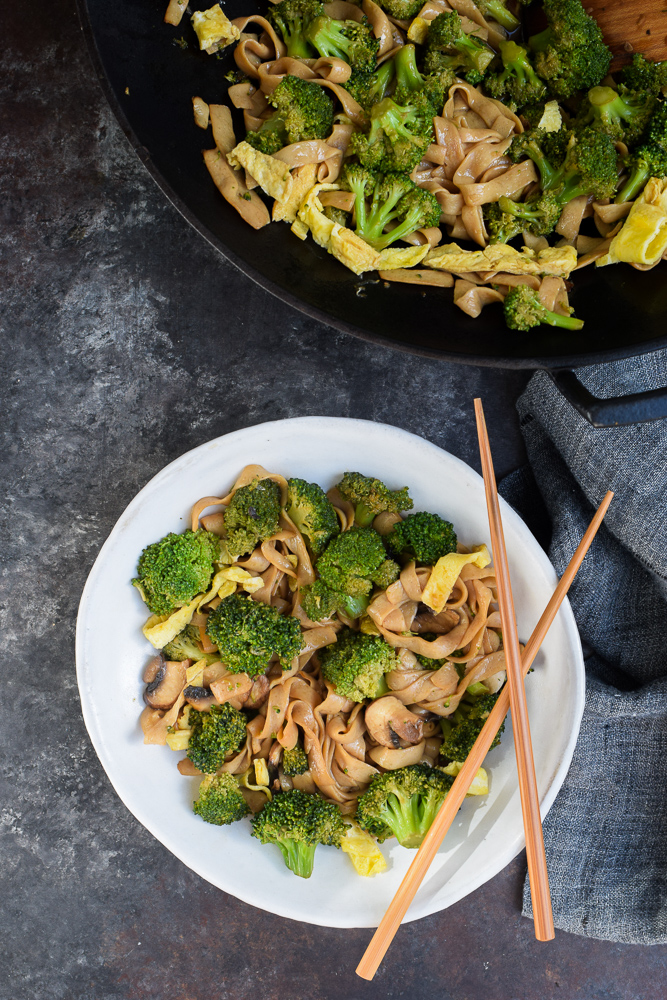
- Shirataki noodles: These zero-calorie noodles are made from konjac root and often labeled “Miracle Noodles.” They come packed in water with a distinct (but fixable) odor.
- Water: Used for both rinsing and boiling, which helps eliminate the unpleasant smell and begins softening the noodles.
- A hot dry pan: This is the most important part. Cooking the noodles in a dry pan over medium-high heat removes excess moisture, which transforms the texture and helps them absorb sauces better.
- Optional: Soy sauce, sesame oil, green onions, sesame seeds: These are excellent for finishing or seasoning. Stir fries love a good drizzle of sesame oil!
How to Cook Shirataki Noodles
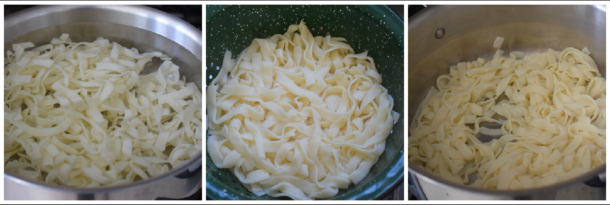
Step 1: Rinse the noodles. Remove the shirataki noodles from the package and place them in a colander. Rinse thoroughly under cold water for at least 30 seconds to wash off the fishy smell.
Step 2: Boil briefly. Bring a pot of water to a boil. Drop the rinsed noodles in the boiling water and cook for 2–3 minutes. This further reduces the smell and begins softening the gelatinous noodles.
Step 3: Drain and return to the pot. Drain the noodles completely. Place them back into the same pot or a sauté pan over medium-high heat.
Step 4: Dry-fry the noodles. Stir constantly for a few minutes to evaporate all remaining moisture. I usually dry-fry the noodles for 3–4 minutes over medium-high heat until they stop steaming and start to squeak in the pan. This means the moisture is gone and the texture is just right.
Step 5: Use as desired. At this point, your noodles are ready for your favorite sauces, stir fries, or as a base for protein-packed meals like chicken breast or Asian meatballs.
Tips for Best Results
- Don’t skip the dry-fry. The texture transformation happens here. Wet noodles = slimy. Dry noodles = delicious.
- Use flavorful sauces. These noodles don’t taste like much on their own, so pair them with bold flavors, like peanut sauce, garlic stir fry sauce, or miso broth.
- Balance the dish. Shirataki noodles are low in calories and carbs, but also low in nutrients. Pair with vegetables and a protein for a satisfying meal.
- Try trusted brands. I like the Miracle Noodle brand, but Thrive Market and Skinny Noodle are great options too. Some are firmer than others, so experiment to find your favorite.
- Try different cuts. Angel hair, fettuccini, and ziti shapes all exist—experiment to see what works in your favorite dishes.
- Use them cold. Shirataki noodles also work well in cold dishes like sesame noodle salads, poke bowls or served with seared ahi tuna. Just be sure to follow the same prep steps before chilling.
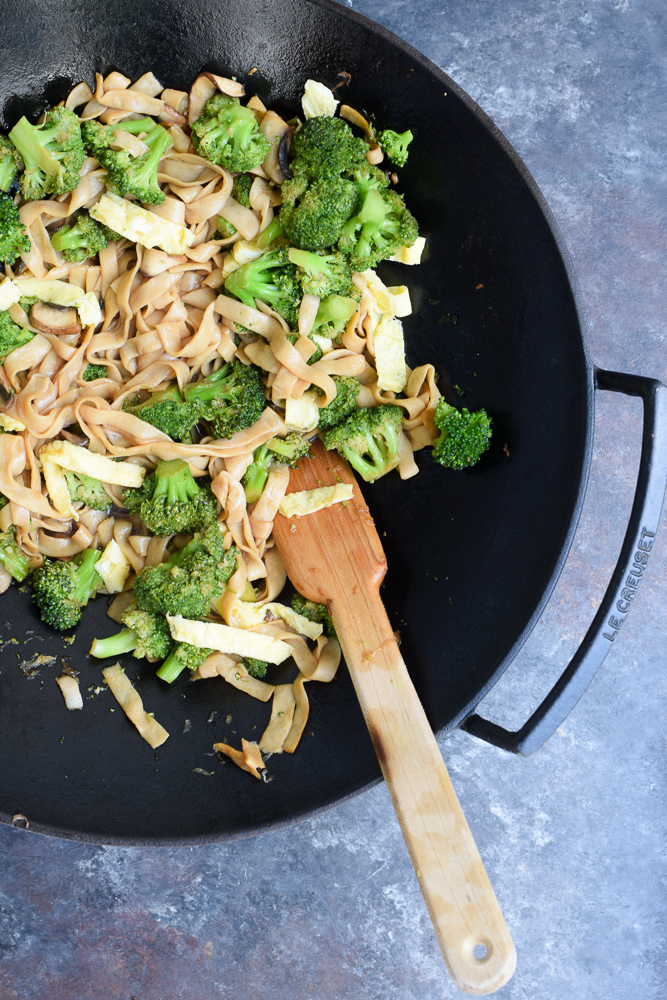
Make Ahead + Storage Tips
You can prep shirataki noodles ahead of time. After cooking, let them cool and store in an airtight container in the fridge for up to 2 days. Reheat in a dry pan before serving to bring back their best texture.
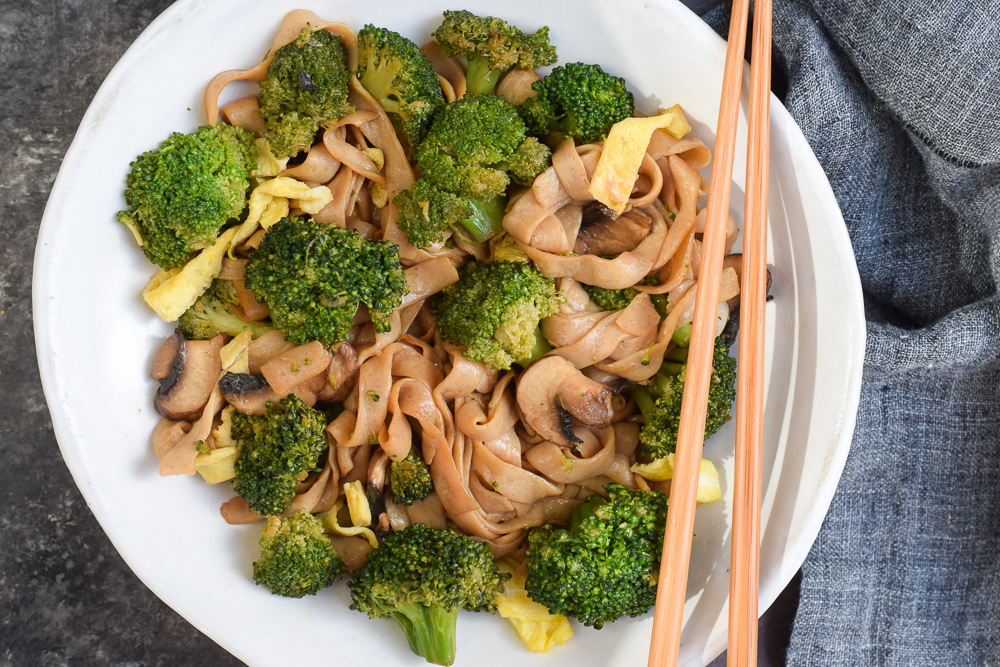
FAQs About Shirataki Noodles
Not quite. They have a more springy, chewy texture than regular noodles or traditional pasta, but if cooked properly, they make an excellent low-carb alternative.
They’re made from water and glucomannan, a fiber from the root of the konjac plant. This makes them a high-fiber food with almost no calories or carbs.
Rinsing, boiling, and dry-frying completely neutralizes the unpleasant odor that shirataki noodles are known for. Don’t skip a step! Each one plays a role in improving both the taste and smell.
Yes. This zero-calorie noodle contains no digestible carbs and no grains, making them suitable for most low-carb or paleo-style diets.
Yes, unopened packages should be stored in the fridge and used by the expiration date. Once opened, store in water and use within a few days.
Once you learn how to cook shirataki noodles the right way, they open up a whole world of healthy, low-carb meals.
Looking for more healthy swaps? Check out my post on how to perfectly cook gluten-free pasta.
More Low Carb Recipes
If you give this recipe a try, snap a pic and tag @pamelasalzman so I can see your beautiful creations. I also really appreciate readers taking the time to leave a star rating and review! I have started a weekly Monday newsletter with tips, musings, new recipes not published here, fun new finds, and more. Subscribe for free here.
For more delicious recipes and to learn how to be a better cook, check out my monthly online cooking classes. I have been teaching people for 15 years how to cook healthy food that their families love! Join me!
How to Cook Shirataki Noodles

Ingredients
- 1 package, or as many as you want to prepare shirataki noodles
Instructions
- Bring a medium saucepan of water to a boil. Drain the noodles in a colander and rinse well with cold water for 30 seconds.
- Drop noodles into the boiling water and cook for 2-3 minutes.
- Drain the noodles and add back to the pot and put over medium heat. Stir around to dry the noodles as much as possible. This is the most important step so that the noodles attract flavor and sauce. Use as you would use pasta.
Notes
- Don’t skip the dry-fry. The texture transformation happens here. Wet noodles = slimy. Dry noodles = delicious.
- Use flavorful sauces. These noodles don’t taste like much on their own, so pair with bold flavors, like peanut sauce, garlic stir fry sauce, or miso broth.
- Balance the dish. Shirataki noodles are low in calories and carbs, but also low in nutrients. Pair with vegetables and a protein for a satisfying meal.
- Try trusted brands. I like the Miracle Noodle brand, but Thrive Market and Skinny Noodle are great options too. Some are firmer than others, so experiment to find your favorite.
- Try different cuts. Angel hair, fettuccini, and ziti shapes all exist—experiment to see what works in your favorite dishes.
- Use them cold. Shirataki noodles also work well in cold dishes like sesame noodle salads, poke bowls or served with seared ahi tuna. Just be sure to follow the same prep steps before chilling.
 Like this recipe? Rate & comment below!
Like this recipe? Rate & comment below!



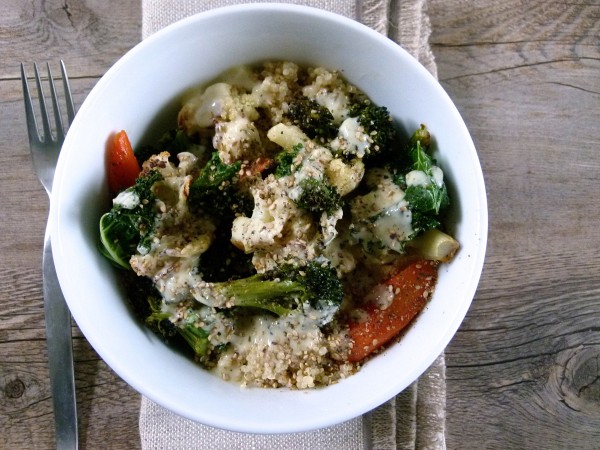
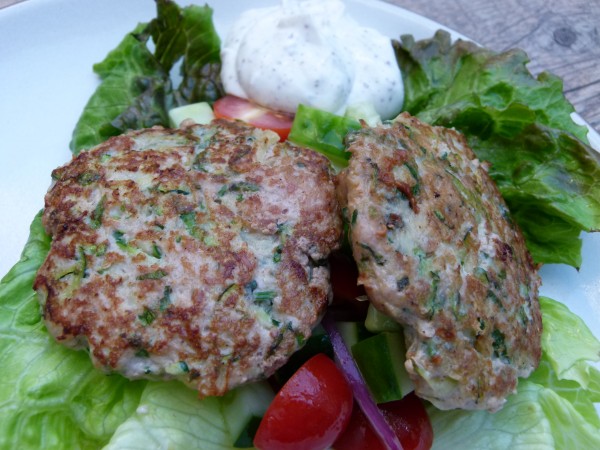
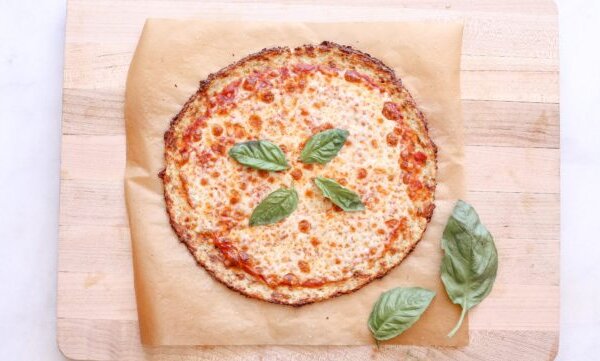
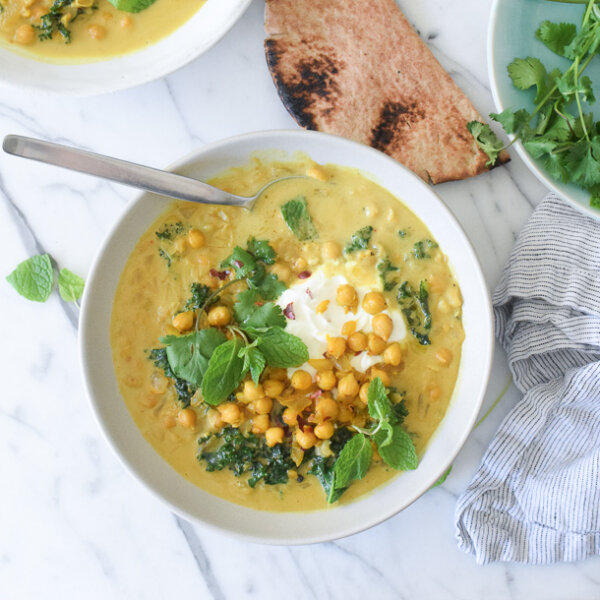
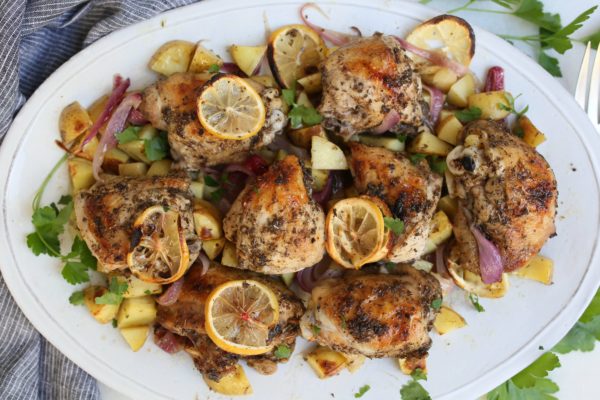
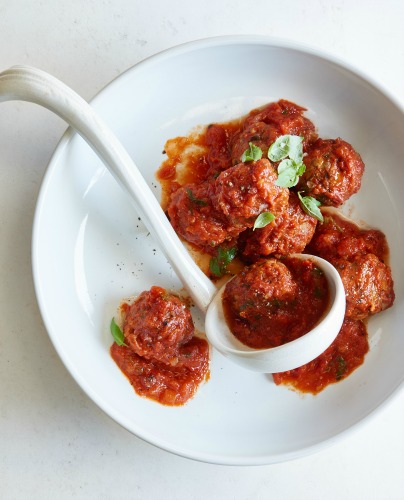






Can you share the recipe which is in the photo above. Looks like broccoli and mushrooms but I’d love to know the sauce! Looks amazing.
I did a version of this https://pamelasalzman.com/stir-fried-soba-noodles-with-vegetables-and-tofu/ with blanched broccoli, sauteed mushrooms, and a thin cooked scrambled egg.:)
There is another brand you might want to try: Zeroodles. They are made with konjac AND oat fiber. In my opinion, they are more like “real” pasta than the konjac noodles without the oat fiber. And, HOORAY!, this brand does NOT smell like three day old fish! There is almost no odor whatsoever. The only problem is that I have to buy them online and they are quite frequently out of stock, due to their popularity. I find the rice shape is particularly useful.
Oh, interesting! I will check them out. Those are not Paleo-friendly or good for grain-free folks, but I love oat flour. Thanks, Ginny!